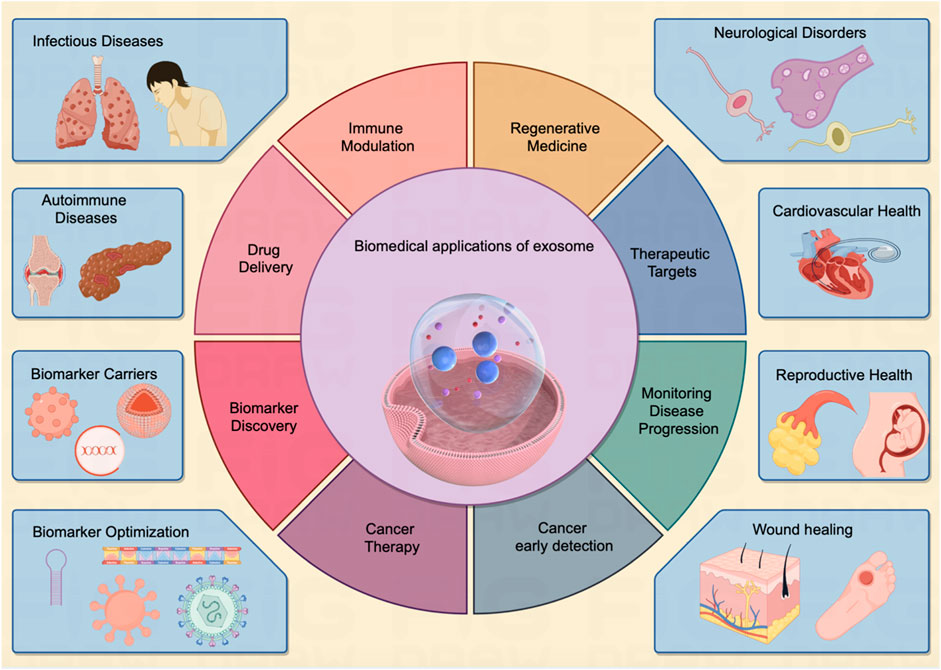
New Data Reveals Impact of Supreme Court’s Decision on Roe v. Wade

Introduction
New data is revealing the real-life impact of the Supreme Court’s landmark decision to overturn Roe v. Wade in 2022. This article highlights the findings and implications of the study conducted by the University of Houston’s Institute for Research on Women, Gender & Sexuality.
The Birth Rate Among Teens Increases in Texas
- The birth rate among teens in Texas has increased for the first time in 15 years.
- The University of Houston’s Institute for Research on Women, Gender & Sexuality found that the birth rate for women ages 15–44 in Texas went up by about 2%, and for teens, the birth rate increased by 0.39%.
- The highest increases in both age groups were observed among Hispanic girls and women.
Impact on Long-Term Opportunities
- Elizabeth Gregory, a professor and the Director of Women’s Gender & Sexuality Studies at the University of Houston, emphasizes the need for discussion regarding the increase in teen births. She highlights how this affects individuals’ lives in terms of their long-term opportunities, such as education and employment.
- Dr. Sophia Yen, a child and maternal health physician and the co-founder of Pandia Health, expresses her concern about the data and its impact on her daughters’ rights. She believes that society should be moving forward rather than regressing.
Role of Telemedicine in Addressing the Issue
- Dr. Yen’s company, Pandia Health, focuses on telemedicine and by-mail birth control prescriptions for women across the United States.
- Since the Supreme Court’s decision, Pandia Health has experienced a three-times increase in demand for their birth control delivery services.
Consequences of Decreased Access to Reproductive Health Services
- Dr. Yen attributes the rise in the birth rate, including among teens, to decreased access to comprehensive sex education and reproductive health services.
- She believes that every teenage pregnancy represents a failure of society to support young women.
Impact on Education and Employment
- Gregory highlights the statistical link between lower teen birth rates and higher graduation rates and better-paying jobs.
- The increase in teen births may lead to a loss of success for girls and have ripple effects that the community needs to address.
Increase in Pregnancies in States with Restrictions
- New data supports the idea that states with abortion restrictions experience an increase in pregnancies.
- A research letter published in the Journal of the American Medical Association reveals that 64,565 women and girls became pregnant across 14 states after the implementation of abortion restrictions.
- Texas had the highest number of rape-related pregnancies, accounting for 45% of the cases.
National Implications
- Although the data collected focuses on Texas, both Gregory and Dr. Yen emphasize its national implications.
- They believe that Texas serves as a precursor for what may be observed at a larger scale.
Call for Action
- Both women hope that this new data inspires people to ask bigger questions and encourages community members to get more civically involved, especially in an election year.
- They emphasize the need to prioritize healthcare as a non-political issue.
Conclusion
This article sheds light on the impact of the Supreme Court’s decision on Roe v. Wade through new data. It highlights the increase in teen births, the consequences for long-term opportunities, and the importance of addressing reproductive health issues. The findings have national implications and call for action to protect women’s rights and prioritize healthcare.
For women’s health resources, visit PandiaHealth.com.
SDGs, Targets, and Indicators
-
SDG 3: Good Health and Well-being
- Target 3.7: By 2030, ensure universal access to sexual and reproductive health-care services, including for family planning, information and education, and the integration of reproductive health into national strategies and programs.
- Indicator 3.7.1: Proportion of women of reproductive age (aged 15-49 years) who have their need for family planning satisfied with modern methods.
-
SDG 4: Quality Education
- Target 4.1: By 2030, ensure that all girls and boys complete free, equitable, and quality primary and secondary education leading to relevant and effective learning outcomes.
- Indicator 4.1.1: Proportion of children and young people (a) in grades 2/3; (b) at the end of primary; and (c) at the end of lower secondary achieving at least a minimum proficiency level in (i) reading and (ii) mathematics, by sex.
-
SDG 5: Gender Equality
- Target 5.6: Ensure universal access to sexual and reproductive health and reproductive rights as agreed in accordance with the Programme of Action of the International Conference on Population and Development and the Beijing Platform for Action and the outcome documents of their review conferences.
- Indicator 5.6.1: Proportion of women aged 15-49 years who make their own informed decisions regarding sexual relations, contraceptive use, and reproductive health care.
| SDGs | Targets | Indicators |
|---|---|---|
| SDG 3: Good Health and Well-being | Target 3.7: By 2030, ensure universal access to sexual and reproductive health-care services, including for family planning, information and education, and the integration of reproductive health into national strategies and programs. | Indicator 3.7.1: Proportion of women of reproductive age (aged 15-49 years) who have their need for family planning satisfied with modern methods. |
| SDG 4: Quality Education | Target 4.1: By 2030, ensure that all girls and boys complete free, equitable, and quality primary and secondary education leading to relevant and effective learning outcomes. | Indicator 4.1.1: Proportion of children and young people (a) in grades 2/3; (b) at the end of primary; and (c) at the end of lower secondary achieving at least a minimum proficiency level in (i) reading and (ii) mathematics, by sex. |
| SDG 5: Gender Equality | Target 5.6: Ensure universal access to sexual and reproductive health and reproductive rights as agreed in accordance with the Programme of Action of the International Conference on Population and Development and the Beijing Platform for Action and the outcome documents of their review conferences. | Indicator 5.6.1: Proportion of women aged 15-49 years who make their own informed decisions regarding sexual relations, contraceptive use, and reproductive health care. |
Analysis
1. Which SDGs are addressed or connected to the issues highlighted in the article?
The issues highlighted in the article are connected to SDG 3: Good Health and Well-being, SDG 4: Quality Education, and SDG 5: Gender Equality.
2. What specific targets under those SDGs can be identified based on the article’s content?
Based on the article’s content, the specific targets identified are:
– Target 3.7: Ensure universal access to sexual and reproductive health-care services, including for family planning, information and education, and the integration of reproductive health into national strategies and programs.
– Target 4.1: Ensure that all girls and boys complete free, equitable, and quality primary and secondary education leading to relevant and effective learning outcomes.
– Target 5.6: Ensure universal access to sexual and reproductive health and reproductive rights as agreed in accordance with the Programme of Action of the International Conference on Population and Development and the Beijing Platform for Action and the outcome documents of their review conferences.
3. Are there any indicators mentioned or implied in the article that can be used to measure progress towards the identified targets?
Yes, there are indicators mentioned in the article that can be used to measure progress towards the identified targets. The indicators are:
– Indicator 3.7.1: Proportion of women of reproductive age (aged 15-49 years) who have their need for family planning satisfied with modern methods.
– Indicator 4.1.1: Proportion of children and young people (a) in grades 2/3; (b) at the end of primary; and (c) at the end of lower secondary achieving at least a minimum proficiency level in (i) reading and (ii) mathematics, by sex.
– Indicator 5.6.1: Proportion of women aged 15-49 years who make their own informed decisions regarding sexual relations, contraceptive use, and reproductive health care.
These indicators can be used to measure progress towards the targets by collecting data on the relevant population groups and assessing the extent to which the targets are being achieved.
SDGs, Targets, and Indicators
| SDGs | Targets | Indicators |
|---|---|---|
| SDG 3: Good Health and Well-being | Target 3.7: By 2030, ensure universal access to sexual and reproductive health-care services, including for family planning, information and education, and the integration of reproductive health into national strategies and programs. | Indicator 3.7.1: Proportion of women of reproductive age (aged 15-49 years) who have their need for family planning satisfied with modern methods. |
| SDG 4: Quality Education | Target 4.1: By 2030, ensure that all girls and boys complete free, equitable, and quality primary and secondary education leading to relevant and
Behold! This splendid article springs forth from the wellspring of knowledge, shaped by a wondrous proprietary AI technology that delved into a vast ocean of data, illuminating the path towards the Sustainable Development Goals. Remember that all rights are reserved by SDG Investors LLC, empowering us to champion progress together. Source: scrippsnews.com
Join us, as fellow seekers of change, on a transformative journey at https://sdgtalks.ai/welcome, where you can become a member and actively contribute to shaping a brighter future.
|







